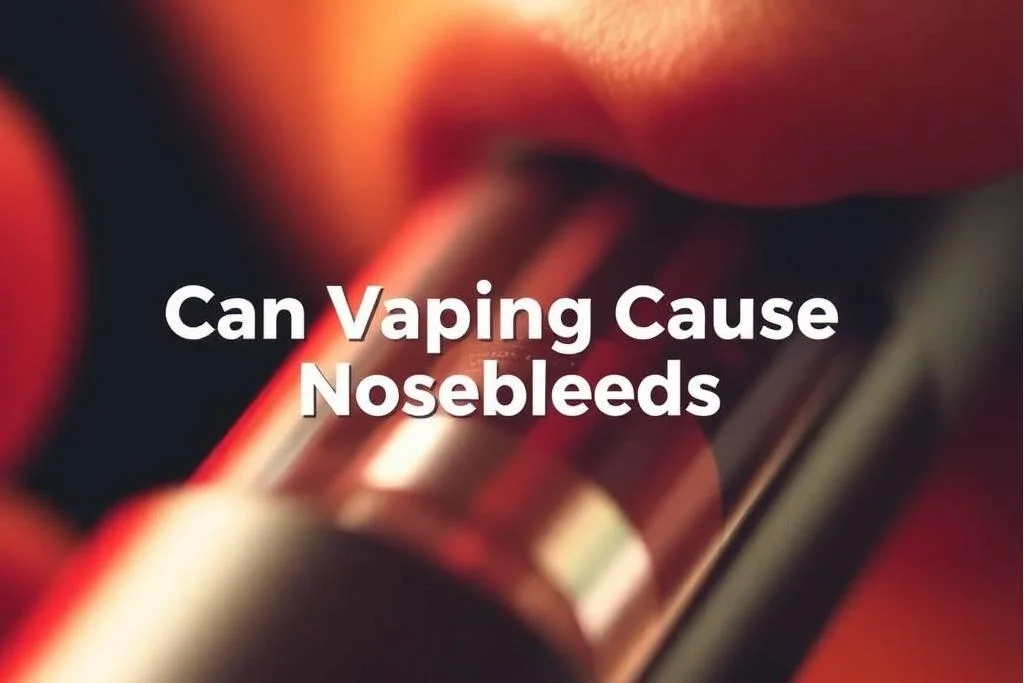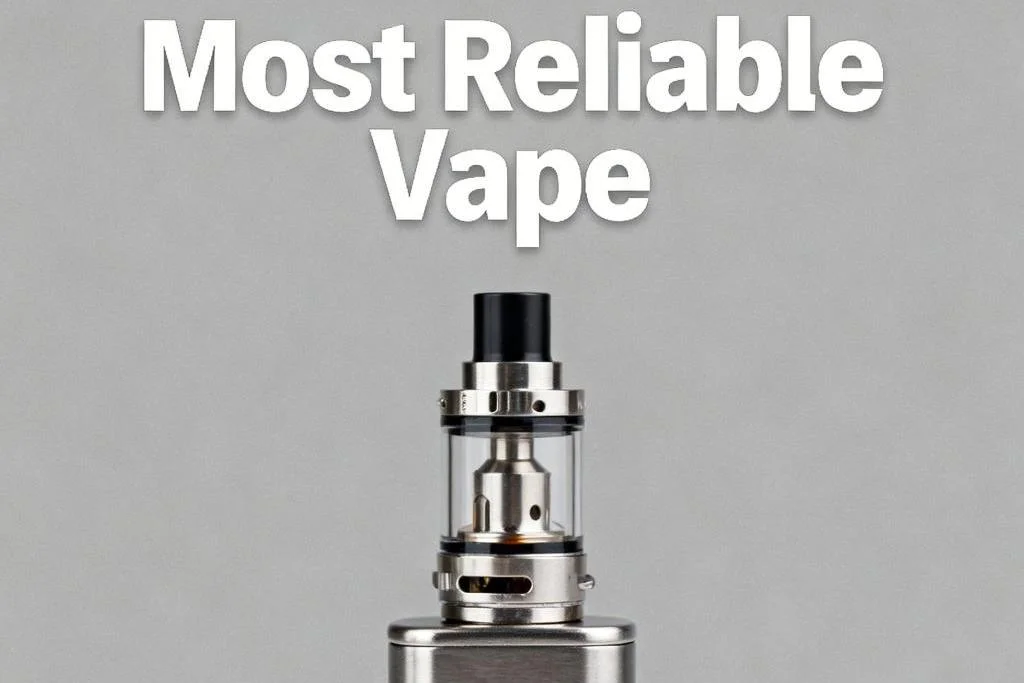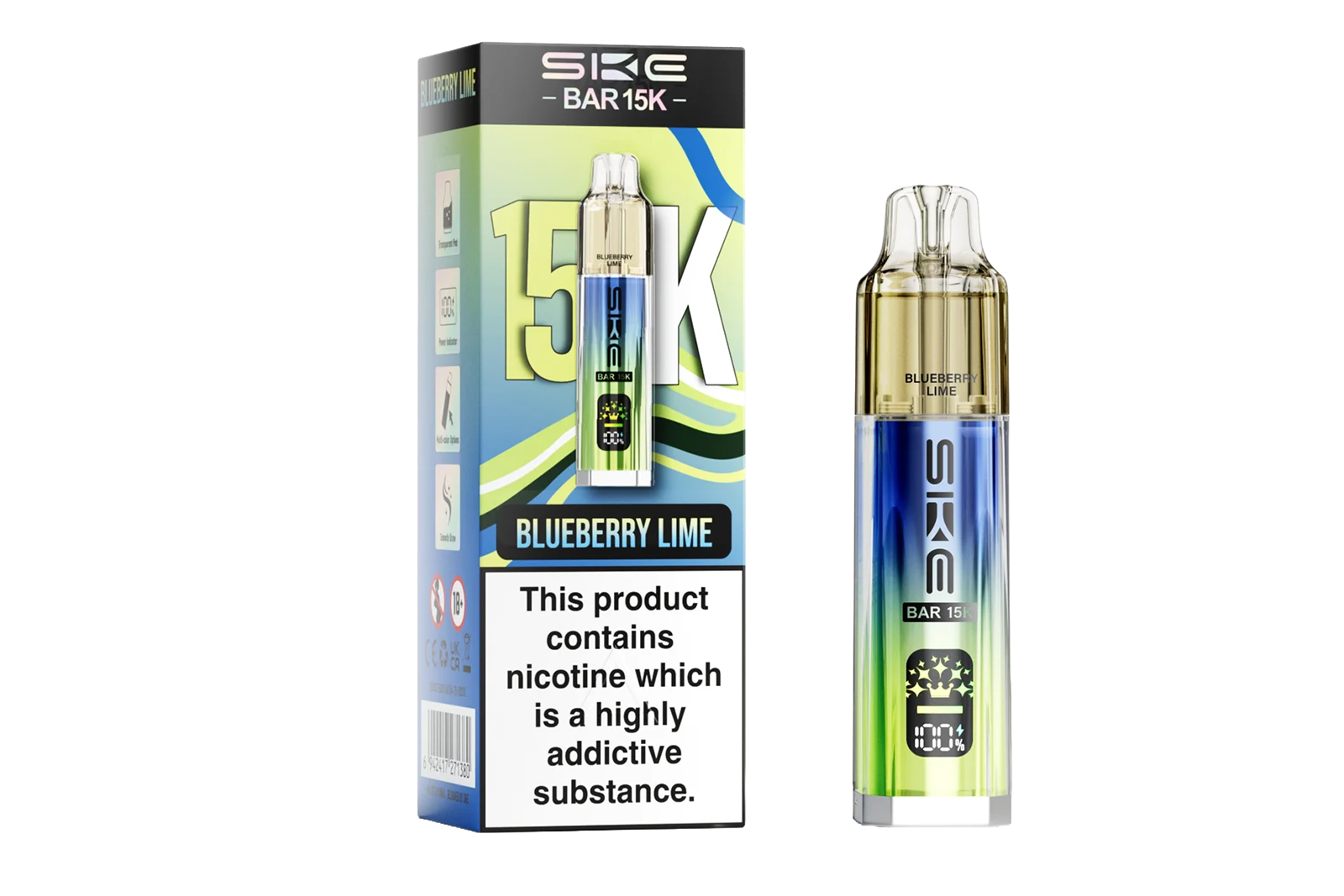Can Vaping Cause Nosebleeds?
Vaping has become a popular alternative to smoking, especially among younger demographics. While often marketed as a cleaner and safer option compared to traditional cigarettes, users are increasingly reporting unexpected side effects—one of them being nosebleeds. This guide explores the question: can vaping cause nosebleeds? Based on user experiences and available medical information, we break down the causes, risks, and prevention tips surrounding vaping-related nosebleeds.
Can Vaping Cause Nosebleeds?
Yes, vaping can cause nosebleeds in some individuals. While not a universally experienced side effect, nosebleeds are often linked to the drying effects of propylene glycol (PG), a primary ingredient in many e-liquids. When inhaled, PG draws moisture from the nasal and oral cavities, which can lead to dryness, irritation, and ultimately, nosebleeds.

What Causes Nosebleeds from Vaping?
There are several potential factors behind nosebleeds associated with vaping:
1. Dryness from E-Liquid Ingredients
Propylene glycol (PG) and vegetable glycerin (VG) are humectants used in vape juice. PG, in particular, is known to absorb moisture. Regular exposure can dry out the mucous membranes in your nasal passages, causing them to crack and bleed.
2. Dehydration
Vaping may contribute to overall dehydration. When the body lacks sufficient fluids, nasal membranes dry out more quickly, increasing the chance of nosebleeds.
3. High Nicotine Concentration
Strong nicotine levels can constrict blood vessels and reduce blood flow, making nasal tissues more fragile and prone to damage.
4. Nasal Exhalation
Users who exhale vapor through their nose expose nasal tissues directly to chemical compounds in the vapor, which may heighten the risk of irritation and bleeding.
5. Environmental Factors
Dry climates or indoor heating systems can worsen the nasal drying effects of vaping, compounding the problem.
Who Is Most at Risk?
- Frequent vapers using devices multiple times per day.
- Users of high-PG or high-nicotine vape juices.
- Individuals with pre-existing nasal conditions, such as sinusitis or sensitive capillaries.
- People who exhale vapor through the nose regularly.
How to Prevent Nosebleeds from Vaping
If you suspect vaping is causing nosebleeds, consider these practical tips:
1. Stay Hydrated
Drink plenty of water throughout the day to keep your mucous membranes moist and healthy.
2. Switch to High-VG E-Liquids
VG is less drying than PG. Opt for vape juices with a higher VG ratio to reduce nasal irritation.
3. Avoid Nasal Exhalation
Try to exhale through your mouth instead of your nose to limit direct exposure of nasal tissues to vapor.
4. Use a Humidifier
Adding moisture to your living space can counteract the drying effects of vaping, especially in winter months.
5. Apply Saline Nasal Spray
Regular use of over-the-counter saline sprays can keep nasal passages moist and reduce the risk of bleeding.
6. Lower Your Nicotine Strength
Reducing nicotine levels can decrease the likelihood of blood vessel constriction and irritation.

When to See a Doctor
If nosebleeds persist or worsen despite lifestyle adjustments, consult a healthcare professional. Chronic or severe nosebleeds may indicate an underlying condition unrelated to vaping or a more serious sensitivity to vapor ingredients.
Conclusion
So, can vaping cause nosebleeds? Yes—especially if you're using high-PG e-liquids, exhale through your nose, or vape frequently in dry environments. While not everyone will experience this side effect, those who do should take simple preventative measures or consider adjusting their vaping habits. As with any health concern, staying informed and listening to your body is key to a safer vaping experience.
FAQs
1. Why does vaping make my nose bleed?
Vaping can cause nosebleeds due to the drying effects of ingredients like propylene glycol (PG) in e-liquids. PG is a humectant that draws moisture from the air—and from your nasal passages—leading to dryness, irritation, and cracked blood vessels that can result in bleeding. This is especially common if you frequently exhale vapor through your nose or live in a dry climate.
2. Is it normal to get a nosebleed after vaping?
Occasional nosebleeds after vaping are not uncommon, particularly for users new to vaping or those using high-PG or high-nicotine e-liquids. While it's not considered "normal" for everyone, it's a reported side effect that may indicate your nasal passages are being overly dried or irritated. If nosebleeds become frequent, it's best to reassess your vaping habits and consider medical advice.
3. Can nicotine in vapes cause nosebleeds?
Yes, nicotine can contribute to nosebleeds. Nicotine is a vasoconstrictor, meaning it narrows blood vessels. This can reduce blood flow to sensitive nasal tissues, making them more susceptible to drying, irritation, and bleeding—especially when combined with dry vapor and low humidity.
4. How can I stop getting nosebleeds from vaping?
To reduce nosebleeds from vaping:
- Stay well-hydrated.
- Use a saline nasal spray to moisturize nasal passages.
- Switch to high-VG or lower-nicotine e-liquids.
- Avoid exhaling vapor through your nose.
- Run a humidifier in your home, particularly in winter months. These steps can help reduce nasal dryness and minimize irritation.
5. Should I stop vaping if I get frequent nosebleeds?
If you’re experiencing regular nosebleeds and suspect vaping is the cause, it’s a good idea to take a break or reduce your usage. You may also want to experiment with different e-liquids or devices to see if symptoms improve. If nosebleeds continue despite adjustments, consult a healthcare provider to rule out any underlying medical conditions.
TABLE OF CONTENTS
- Can Vaping Cause Nosebleeds?
- What Causes Nosebleeds from Vaping?
- 1. Dryness from E-Liquid Ingredients
- 2. Dehydration
- 3. High Nicotine Concentration
- 4. Nasal Exhalation
- 5. Environmental Factors
- Who Is Most at Risk?
- How to Prevent Nosebleeds from Vaping
- 1. Stay Hydrated
- 2. Switch to High-VG E-Liquids
- 3. Avoid Nasal Exhalation
- 4. Use a Humidifier
- 5. Apply Saline Nasal Spray
- 6. Lower Your Nicotine Strength
- When to See a Doctor
- Conclusion
- FAQs






